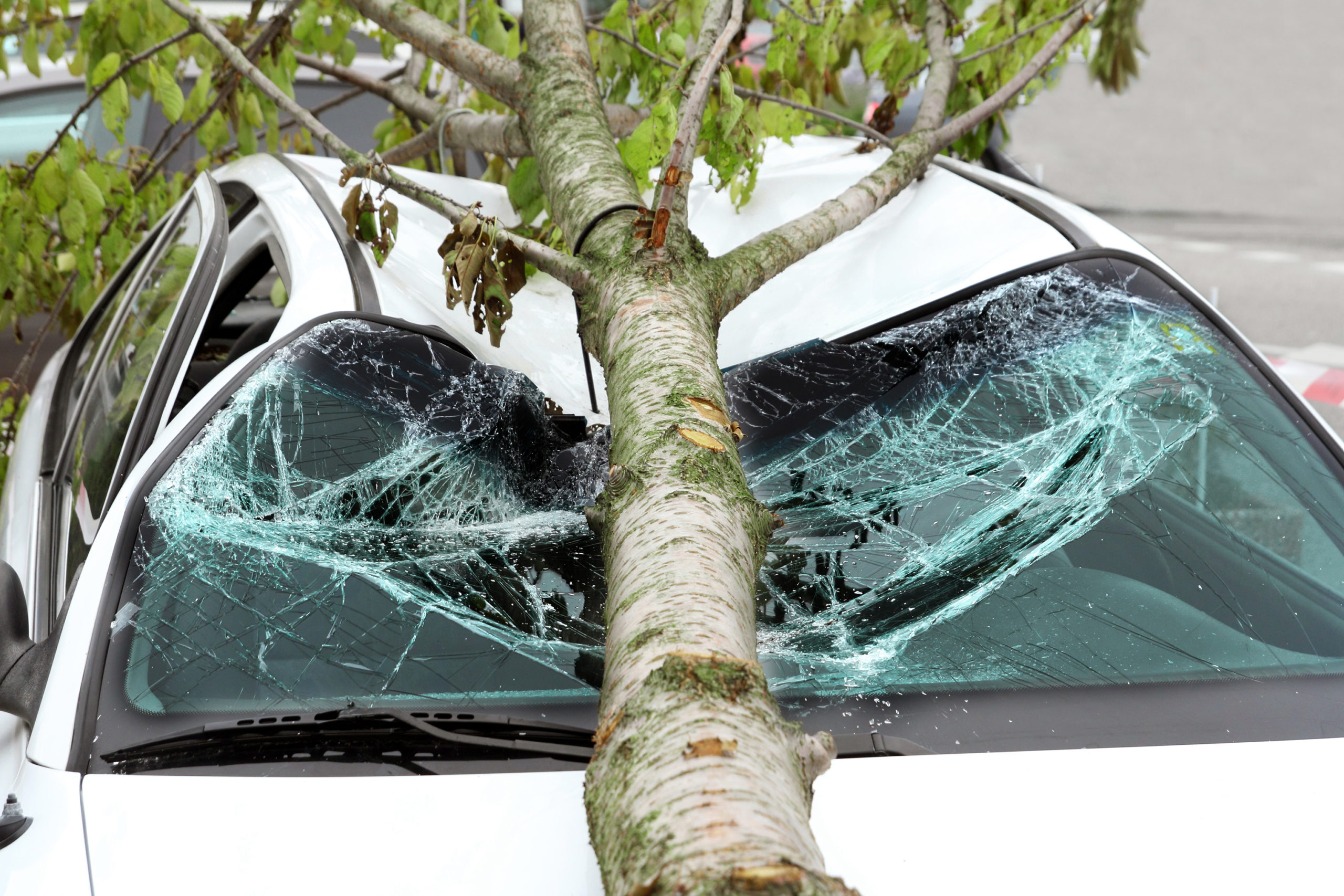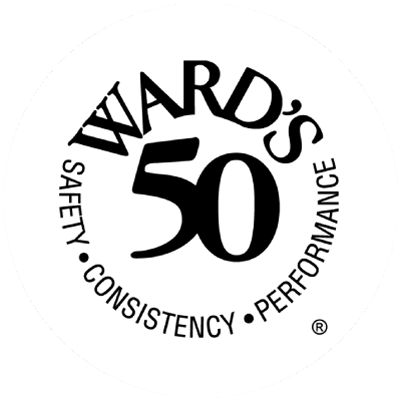
September is National Preparedness Month, and we’re still in the midst of hurricane season. Are the trees on your property in good shape? Are there old, dead or damaged trees that could cause serious damage to a structure or even injury to a person?
While you should always consult a tree care professional, such as a certified arborist, there are things you can do to try to help prevent damage before it happens.
How storms damage trees:
- Torrential downpours from thunderstorms and hurricanes saturate the ground with rainwater, resulting in trees that are more easily toppled by winds because the tree roots can’t firmly hold the tree in soaked soil.1
- Storms can cause broken branches and snapped tree trunks. Broken branches and limbs can fall without warning, causing severe injury or damage.
- It takes a while for a strong root system to develop in a tree, so recently-planted trees are an even greater risk for toppling or splitting.
- As branches whip around in the wind, damage can also be done to close-by buildings and power lines.
Beware of “hazard trees:”
- A hazard tree is one likely to cause problems. Age is an important factor in hazard tree management risk of failure increases with age. Typically longer-lived tree species are preferred, but the environment in which a tree lives also determines its hazard potential.2
- Some trees are more likely to suffer storm damage, such as willow, white spruce, cedar, and white pine. These species also tend to live in wetter soils which can contribute tree falling.3
- Dead branches will sooner or later fall, and when they do, they may hurt people or damage cars or buildings.
- With a dead tree, it’s a matter of “when” it will fall, not “if.” Dead trees pose more of a problem when located near a home, office complex, or area where people may be walking.
Do periodic inspections of your trees:
- Periodic, thorough inspections are essential to prevent accidents. (Stay on the ground and avoid climbing the trees, though!)4
- Inspect trees from bottom to top, looking for signs of root rot (decay of a tree’s root system caused by poor drainage or fungal infections)5 or butt rot (a disease caused by fungi and affecting the trunk of the tree near the ground6). Continue up the trunk to the crown, looking for anything that might be a potential hazard.7
- Make at least one inspection per year, but two are recommended: one in the summer while the leaves are out and one in winter.
What to look for when inspecting trees:
- Look for trees with holes or rot at the base, cracks and splits, as well as mushroom growth, all signs of a rotting tree.8
- Tree branches that are not attached to the tree and that are dangling or caught in other branches should be removed if they’re in areas where people walk or if they could fall and damage structures.
- Trees with branches that regularly fall may indicate a bigger problem with the tree.
- Trees that lean strongly in one direction, especially if roots are exposed and lifted out of the ground, are indicative of a tree that may cause problems. The tree should be examined closely and removed if it’s close to a structure or area where people walk or gather.
Remember to:
- Inspect your trees regularly.
- Call in a tree care professional, such as an arborist or tree trimmer, to accurately diagnose and safely correct problems.
- Report any property damage to your insurance agent immediately and make temporary repairs to structures to prevent further damage.
Sources:
2, 4, 7. Agrilife.org



